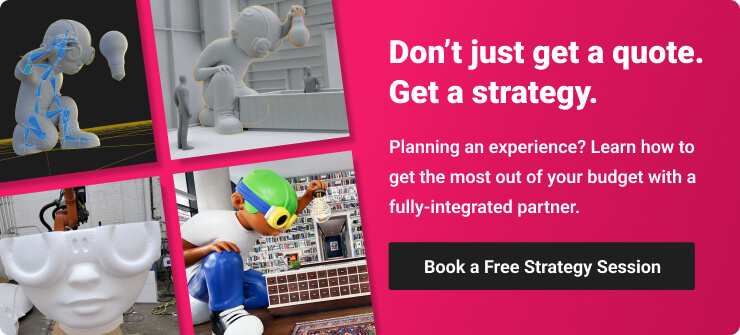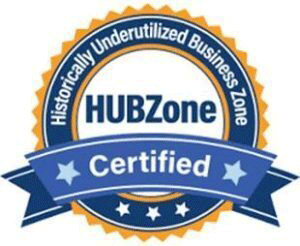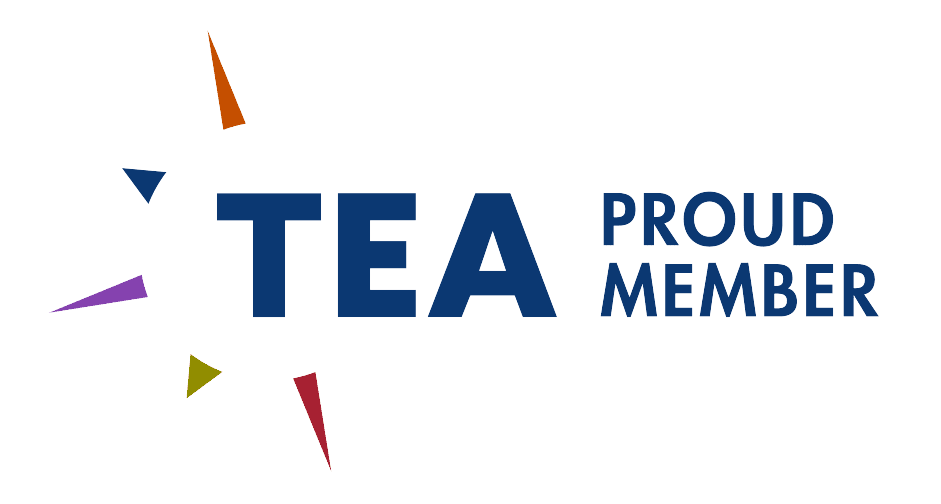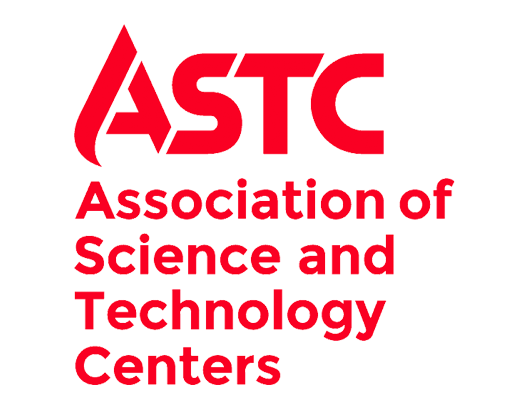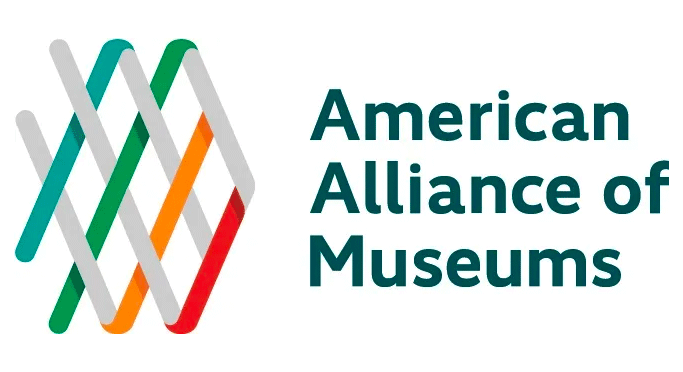Imagine transforming the iconic Sydney Opera House into a pulsating kaleidoscope of light and color, with each curve and contour dancing to the rhythm of a breathtaking visual spectacle. Or envision triangle-shaped buildings across the U.S. transforming into nacho cheese chips for a Doritos brand activation. These awe-inspiring scenarios are the handiwork of masterful projection mapping companies, whose artistry and technical prowess have redefined the boundaries of digital storytelling and brand experiences.
In today's experience-driven world, where consumers crave immersive and unforgettable moments, choosing the right projection mapping company can elevate your brand from ordinary to extraordinary. But with myriad options available, how do you navigate the options and select a partner who truly understands your goals, can translate your vision, and deliver an experience your audience will love? Below we’ll explore how to find the perfect projection mapping company to ensure your next event or experience is creatively executed on time and within budget.

What is Projection Mapping?
Projection mapping is the art and science of turning any surface, regardless of its shape or size, into a dynamic video display. This cutting-edge technique goes beyond traditional projection, utilizing specialized software to map light onto any surface, creating illusions of depth, movement, and texture that can bring static objects to life. From the facades of historic buildings to the contours of a car, projection mapping offers an unparalleled canvas for storytelling and brand expression.
Different Types of Projection Mapping
2D Projection Mapping
Ideal for flat surfaces, 2D projection mapping transforms walls, stages, and screens into vibrant canvases for video content. It's a powerful tool for presentations, concerts, and interactive retail displays, where compelling visuals can captivate an audience with simplicity and elegance.
3D Projection Mapping
When depth and dimension are key, 3D projection mapping comes into play. This technique projects onto three-dimensional objects, creating an immersive experience that can make structures appear to move, reshape, or even collapse, without altering their physical form. It’s a favorite for large-scale events and architectural displays, crafting unforgettable spectacles.
Interactive Projection Mapping
What happens when you merge projection mapping with interactive technology? You get an engaging experience that responds to viewer interaction. Through sensors and cameras, these interactive multimedia installations invite audiences to become part of the narrative, creating a dynamic relationship between the art and its beholder.
Surface Projection Mapping
Not limited to conventional canvases, surface projection mapping pushes the boundaries, applying imagery to irregular shapes and objects. Everything from sculptures to vehicles can become a storytelling platform, offering unique opportunities for brand activations and exhibitions.
Augmented Reality Projection Mapping
Merging the digital with the physical, augmented reality projection mapping enhances real-world environments with digital overlays, visible through AR devices. This fusion creates a layered experience, adding depth and context to the physical world in ways previously unimaginable.
Dome and Planetarium Projection Mapping
Designed for immersive environments, dome and planetarium projection mapping envelop viewers in a 360-degree visual adventure, perfect for educational and entertainment venues seeking to transport their audience to other worlds.
Full-Motion Video Projection Mapping
For narratives that demand motion and emotion, full-motion video projection mapping delivers. This approach incorporates cinematic video into projections, offering a rich, storytelling medium that can adapt to any scale, from intimate gatherings to grandiose public displays.

A projection-mapped Coca-Cola bottle at the 2010 Winter Olympics
What Do Projection Mapping Companies Do?
Projection mapping companies merge technology with creativity, producing experiences that captivate, engage, and leave lasting impressions. Whether the objective is to launch a new product, celebrate a milestone, or simply create a memorable experience, these firms harness their deep understanding of both hardware and software to bring visions to life in the most impactful way possible.
The creative process is at the heart of what projection mapping companies do; it's where imagination meets digital artistry. These companies develop content that is not only visually stunning but also aligns seamlessly with the client's messaging and objectives. This content is then projected onto unconventional canvases, from the facades of historic buildings to the complex surfaces of retail products, transforming them into dynamic, narrative-driven experiences.
In addition to creative development, projection mapping companies manage the logistical aspects crucial to executing the activation. This includes obtaining necessary permits and permissions, ensuring a smooth setup and tear-down process, and providing on-the-spot troubleshooting and equipment replacement as needed.
How Much Does it Cost to Hire a Projection Mapping Company?
The cost of a projection mapping project is influenced by several key factors that combine the technical complexities and creative demands of each undertaking. The scale or size of the projection determines the amount of hardware required and the intensity of the planning phase to ensure coverage and visual impact. The ambient light conditions of the proposed location also play a critical role, as areas with higher levels of ambient light necessitate more powerful projectors to achieve the desired clarity and vividness of the mapping content. Additional considerations include the need for permits and other regulatory permissions, especially in urban settings, where the logistics of projector placement and the potential need for protective housing can also affect the overall budget.
Content complexity is another significant factor in determining project cost. Creating custom content that is visually stunning and aligned with a client's objectives requires a blend of artistic talent and technical expertise. The more intricate and interactive the desired content, the greater the investment in time and resources to develop narratives that will engage the audience. Additionally, the physical characteristics of the surface being projected onto—whether it's the broad side of a building or the irregular contours of a sculpture—can increase the complexity of both the content creation and the technical setup. These elements dictate the scope of a projection mapping project and its cost because each project is as unique as the story it aims to tell.
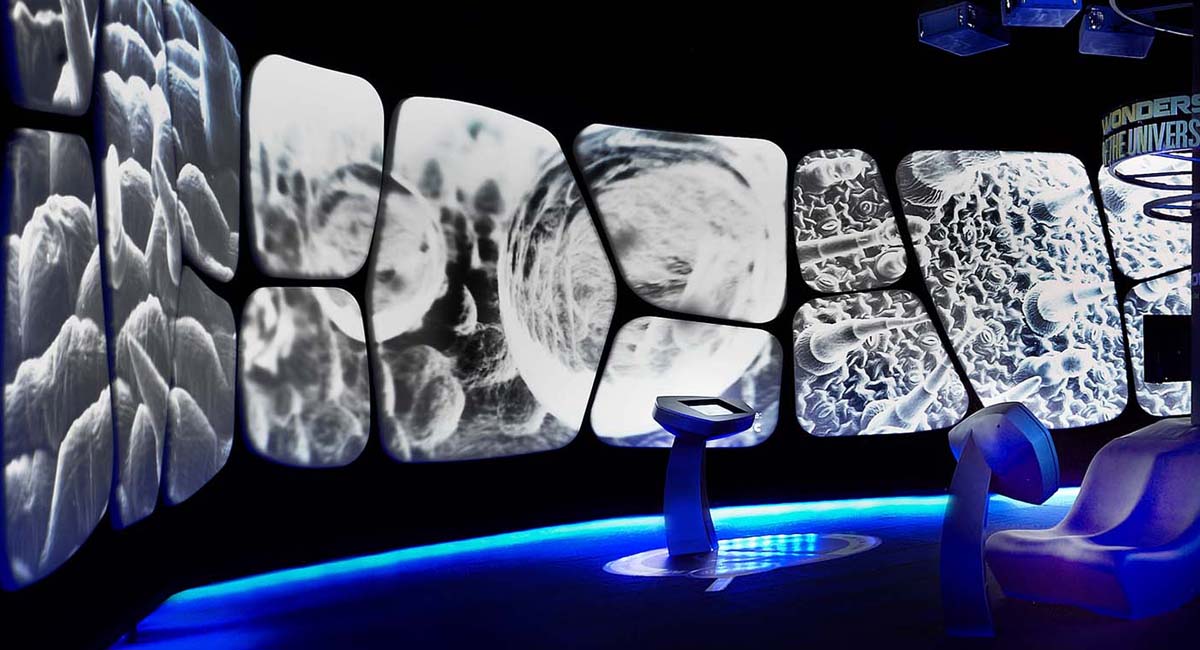
A projection mapping installation at Alder Planetarium provides an immersive Big Bang experience.
How to Choose a Projection Mapping Company
Choosing the right projection mapping company is essential to making your project successful and stress-free.
Begin by scrutinizing their portfolio for projects similar to yours in scope and content. A company with a robust history of transforming various spaces and surfaces is more likely to adapt to your unique needs with creativity and precision. Look for diversity in their previous projects— from intimate events to grand public displays—which indicates their versatility and expertise. Strong relationships with projection technology manufacturers are another positive indicator – you want a partner with access to and deep knowledge of cutting-edge equipment, ensuring your project benefits from the latest advancements in the field.
The ideal company will know which surfaces best serve your project and can guide you on the optimal techniques to achieve your objectives. Their methodological approach should demonstrate a seamless blend of technological mastery and artistic flair, ensuring that the result is not just a display, but a narrative that resonates with your audience. Evaluate their ability to manage logistics, from securing permissions to executing a flawless setup and teardown, as this reflects their professionalism and reliability.
Don’t overlook the importance of customer service and communication skills. Choose a company that values your vision, communicates clearly and promptly, and offers a collaborative approach to bring your ideas to life. Their commitment to delivering on concept, timeline, and budget, coupled with their capabilities and experience, will make your projection mapping experience as impactful and stress-free as possible.
The Perks of a Full-Service Projection Mapping Company
You can’t go wrong with a comprehensive projection mapping partner that understands experiential design and offers end-to-end services from strategy to strike. This ensures a more seamless experience – and eliminates the hassle of juggling multiple vendors, budgets, and timelines.
The best outcomes in any experiential marketing activation emerge from choosing a partner who takes the time to understand your goals, strategize how best to convey your message, and can then design and produce an experience that exceeds your expectations and delights your audience. Here at Bridgewater Studio, our clients benefit from having design, fabrication, and production capabilities all under one roof. This end-to-end service ensures that your outcomes and priorities are kept front of mind from conception to completion. Book a no-obligation strategy session today to learn more.
As we've explored, projection mapping is an extraordinary tool that transcends the boundaries of conventional storytelling and experiential marketing. From transforming iconic landmarks into pulsating kaleidoscopes of light and color to creating dynamic, responsive corporate presentation centers, the possibilities are limitless when you partner with the right projection mapping company.
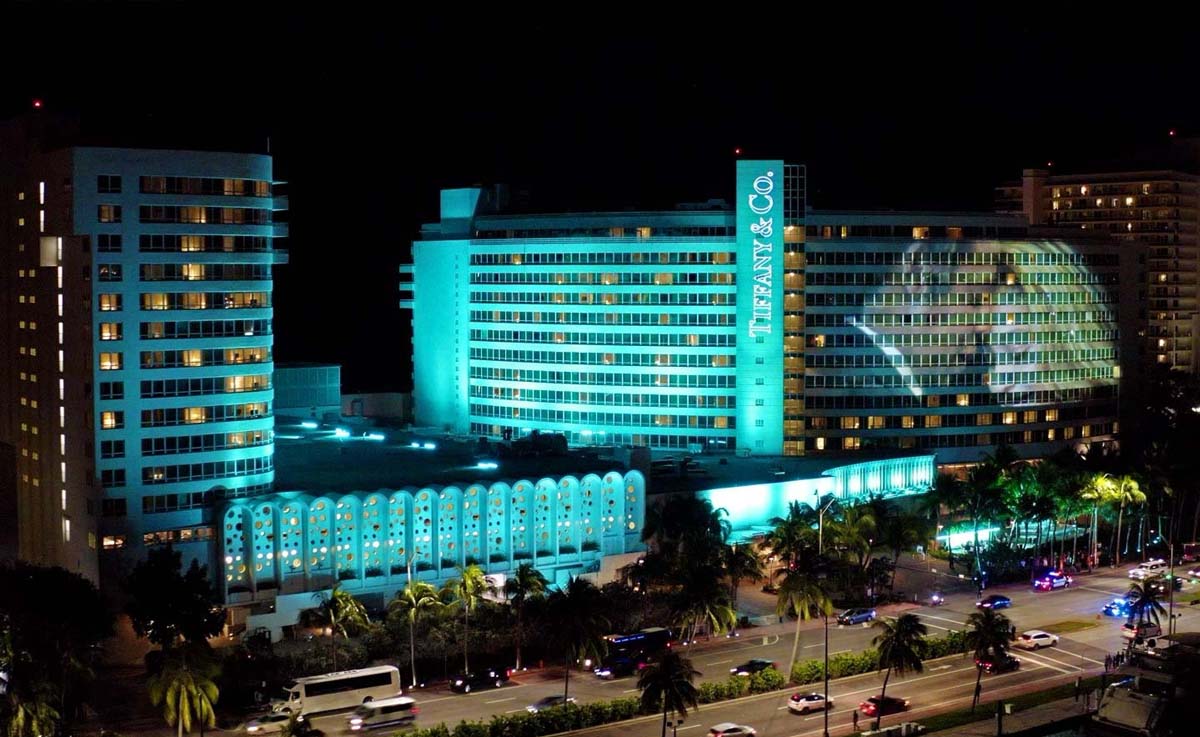

.png)
.png)
.png)
